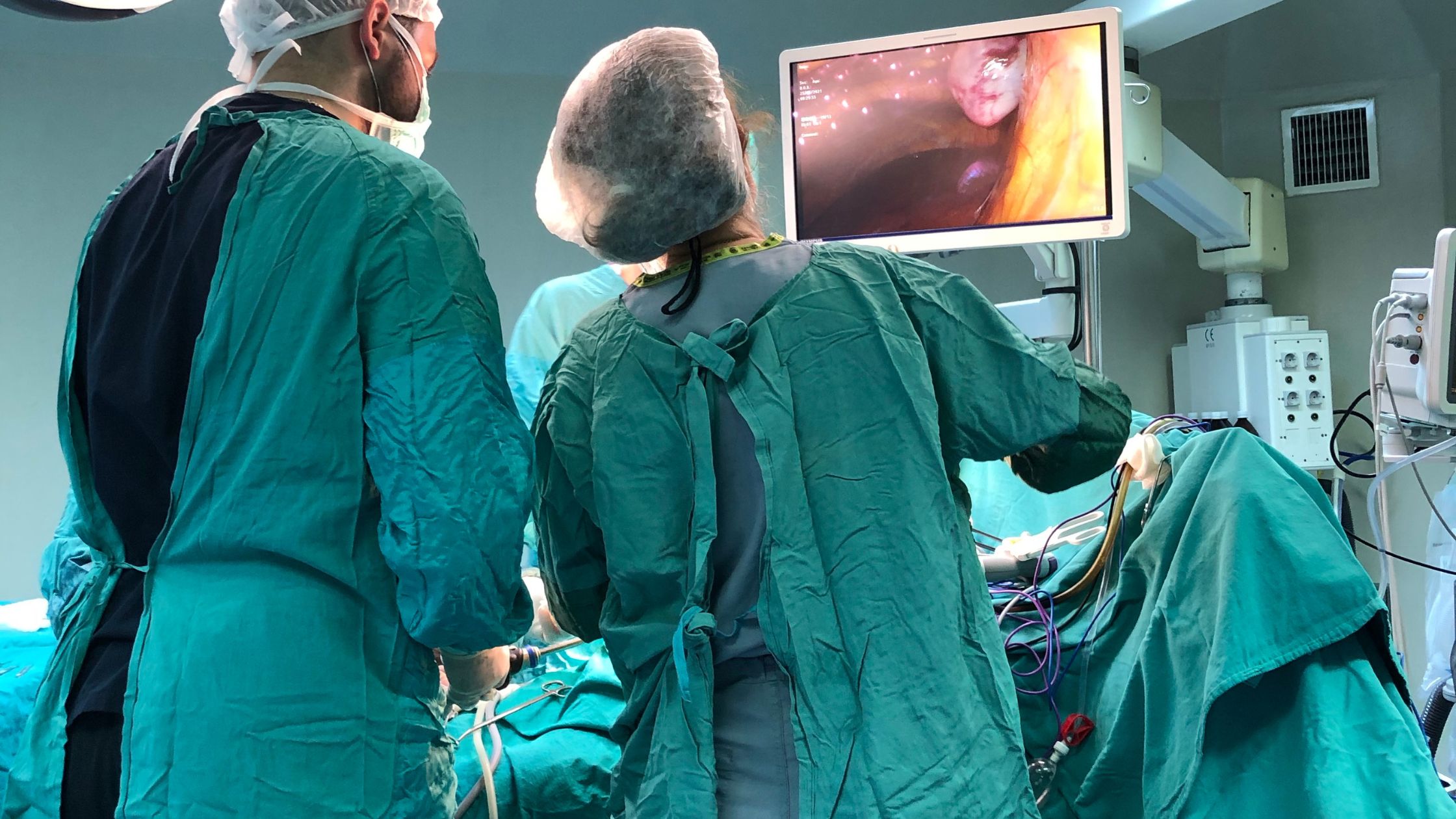Conditions associated with veins, including varicose veins, spider veins and CVI, can cause discomfort, pain and potentially serious health complications if they are not resolved properly. Fortunately, contemporary medical methods provide many surgical possibilities to resolve these concerns. The choice of suitable type of vein surgery depends on many factors such as the severity of your condition, your overall health and your goals.
This article will highlight a variety of vein surgeries, their benefits, risks and how to find out which surgery is best for your specific needs.
Understanding Vein Conditions
It is important to understand the original cause of your symptoms before making a decision about the veins surgery. Common veins disorders include:
- Varicose Veins: Usually these folded, swollen veins in the legs are due to weak valves.
- Spider Veins: Usually it is seen as a cosmetic problem, small, web-like veins appear near the skin surface.
- Chronic Venous Insufficiency (CVI): Insufficient blood flow from the veins to the heart causes inflammation, ulcers and discomfort.
- Deep Vein Thrombosis (DVT): If the blood clot in deep vein reaches the lungs, it pose a huge risk.
Your treatment will depend on whether your problem is mainly cosmetic or medically necessary.
Types of Vein Surgery and Treatments
Sclerotherapy
Best for: Spider veins and small varicose veins
The minimally invasive technique known as sclerotherapy involves injecting a sclerosant into a vein in order to cause it to collapse and disappear.
Pros:
- No anesthesia required
- Quick procedure with minimal downtime
Cons:
- Required multiple sessions
- Few possible side effects (bruising, swelling and or temporary discoloration)
Endovenous Laser Ablation (EVLA)
Best for: Medium to large varicose veins
EVLA locks down problematic veins with laser heat. Thermal energy from a narrow laser beam in a tiny incision seals the vein.
Pros:
- Minimally invasive
- High success rate (95–98%)
- Less recovery time (one-two days)
Cons:
- Potentially causes mild discomfort or bruising
- Rare risk of nerve damage
Radiofrequency Ablation (RFA)
Best for: Varicose veins due to venous reflux
Like EVLA, RFA employs radiofrequency energy rather than laser heat to occlude suffering veins.
Pros:
- Effective for larger veins
- Less post-procedure discomfort than normal surgery
- Performed under local anesthesia
Cons:
- Slight risk of skin burns or blood clots
- Not suitable for very tortuous (twisted) veins
Ambulatory Phlebectomy
Best for: Surface-level varicose veins
This outpatient operation removes bulging veins with small incisions. The vein is taken in portions using a special hook.
Pros:
- Immediate cosmetic improvement
- Minimal scarring
- Can be combined with other treatments
Cons:
- Requires local anesthesia
- Possible bruising or edema
Vein Stripping and Ligation
Best for: Severe varicose veins
Using tiny incisions, this conventional surgery ties off (ligation) and removes (stripping) the impacted vein.
Pros:
- Long-term solution for severe cases
- Effective for large, problematic veins
Cons:
- Longer recovery (2–4 weeks)
- Higher risk of complications (infection, nerve damage)
VenaSeal
Best for: Varicose veins with venous reflux
VenaSeal is a newer, glue-based treatment where a medical adhesive is injected to seal the vein shut
Pros:
- No need for compression stockings post-procedure
- No heat or anesthesia required
- Quick recovery
Cons:
- Higher cost (may not be covered by insurance)
- Limited long-term data compared to other methods
ClariVein
Best for: Varicose veins with reflux
This technique combines mechanical agitation with a sclerosing agent to close the vein.
Pros:
- No heat involved (reduces nerve injury risk)
- Quick procedure
Cons:
- May require multiple sessions
- Less commonly available
How to Choose the Right Vein Surgery
Consult a Vein Specialist
Using ultrasound imaging, a board-certified phlebologist or vascular surgeon can evaluate your condition and suggest the best way to treat based on the following:
- Vein size and location
- Severity of symptoms
- Underlying venous disease
Consider Your Symptoms
- Cosmetic concerns (spider veins): Sclerotherapy or laser therapy
- Painful varicose veins: EVLA, RFA, or VenaSeal
- Severe CVI: Vein stripping (if minimally invasive options fail)
Evaluate Recovery Time
If you need fast treatment choose minimally invasive procedures (EVLA, RFA and VenaSeal). If you can manage a lengthier recovery, vein stripping in serious conditions may be considered.
Check Insurance Coverage
- Medically necessary treatments (EVLA, RFA) are often covered.
- Cosmetic treatments may not be covered.
Understand Potential Risks
While most vein surgeries are safe, possible risks include:
- Blood clots, Infection, Nerve damage, Skin discoloration
Conclusion
Selecting the appropriate vein surgery is depending upon your individual condition, symptoms and lifestyle factors. Minimally invasive treatments like EVLA, RFA and VenaSeal are often given priority for their efficacy and prompt recovery. Nevertheless, traditional surgical operations for more serious conditions may still be absolutely necessary. Reach vein specialist near you and fully check and consider the advantages and disadvantages of each treatment option carefully. Proper technique will improve the presence and health of your veins, which will increase blood communication and decrease discomfort.
